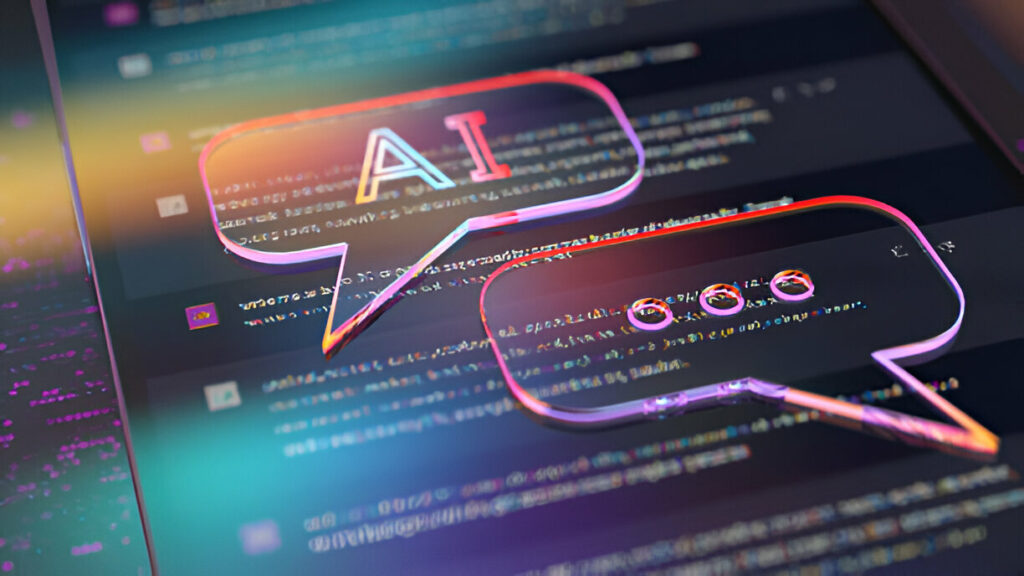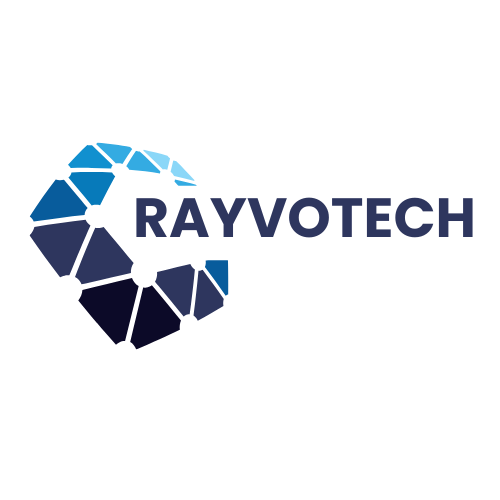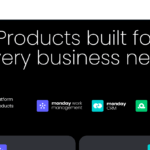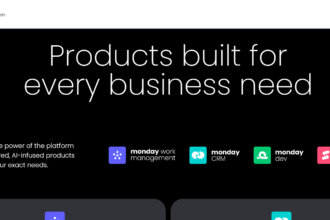
The frantic Slack pings at midnight. The Google Doc littered with conflicting comments. The Zoom call where everyone talks over each other. We’ve all suffered through collaboration that feels less like harmony and more like a broken orchestra.
Yet when tools click, magic happens: projects glide forward, creativity sparks, and remote teammates feel like they’re sharing the same coffee.
After dissecting 50+ platforms and industry reports, a pattern emerged—the standout tools share DNA that transforms chaos into cohesion.
Forget flashy AI gimmicks or bloated feature lists. These are the 10 essential pillars separating digital Swiss Army knives from digital paperweights.
1. Real-Time Communication Layers (Beyond Basic Chat)
Static email threads are collaboration cyanide. Teams need dynamic, context-rich conversations that mirror office spontaneity.
- Threaded Messaging: Tools like Slack and Microsoft Teams let users spin off topic-specific threads, preventing #general from becoming a digital junkyard.
- Asynchronous Video: Loom lets you record walkthroughs teammates can watch at their convenience—proven to slash meeting time by 30% .
- Voice Notes & Reactions: Sometimes 🎉 conveys more than “Per your last email…”
Why it matters: Teams using layered communication report 40% fewer miscommunications .
2. Project Orchestration That Actually Clears Fog
Task management isn’t about checklists—it’s about visualizing how pieces connect.
- Multiple Views: Monday.com offers Kanban for designers, Gantt charts for PMs, and calendars for execs—all synced to the same data.
- Automated Workflows: When a Jira ticket moves to “Done,” GitHub can auto-merge the linked branch. No human nagging needed .
- Dependency Mapping: See how delaying Task A torpedoes Tasks B, C, and D.
3. Unified Document Collaboration
Editing shouldn’t be a version-control nightmare.
- Simultaneous Editing: Google Docs popularized this, but Notion raised the bar—spreadsheets, databases, and wikis editable by 50+ users in real time .
- Version History with Intelligence: Figma doesn’t just save drafts; it highlights who changed what and lets you revert with one click.
- Comment Context: Annotate specific design elements (Figma) or code lines (GitHub)—not just “see notes p. 3.”
4. Native Integrations (No Coding Required)
Forcing teams to toggle between apps murders focus.
- Embedded Tools: Miro whiteboards inside Slack messages. Loom videos attached to GitHub pull requests.
- Trigger-Based Automation: When a Trello card hits “Urgent,” auto-send a Slack alert to the dev channel .
- API Expandability: BasicOps syncs with CRMs like Salesforce—vital for sales/engineering alignment.
5. Ironclad Security Without Complexity
A breach isn’t just IT’s problem—it’s existential.
- Granular Permissions: Confluence lets admins restrict document access by team, role, or seniority .
- Compliance Guardrails: Wiz.io scans cloud deployments for vulnerabilities during development, not after .
- Encryption & Backups: Zero-trust frameworks (like Google Workspace’s new IRM) that block copying sensitive data .
6. AI That Lifts Busywork Off Your Shoulders

Forget sci-fi fantasies—2025’s AI is a practical co-pilot.
- Meeting Synthesis: Zoom AI Companion generates summaries and action items from recordings .
- Predictive Assistance: GitHub Copilot suggests code fixes during reviews.
- Knowledge Digestion: Guru answers questions like “What’s our Q3 SEO budget?” by scouring files and chats .
7. Design & Prototyping Handoff Bridges
The designer-developer standoff ends here.
- Dev Mode: Figma’s inspect panel exports CSS snippets, assets, and specs in one click.
- Version Syncing: Update a button color? Linked prototypes auto-refresh across Miro boards.
- Feedback Anchors: Comment directly on a UI element, not “the blue thing near the top.”
8. Asynchronous-First Workflows
Global teams can’t thrive on 3 a.m. Zoom calls.
- Video Micro-Updates: Loom’s 90-second clips replace status meetings.
- Clear Documentation: Confluence wikis centralize FAQs, reducing “Hey, how does this work?” DMs.
- Flexible Contribution: Notion databases let teammates add data on their own schedule.
9. Intuitive Onboarding (No Manuals Required)
Adoption dies when tools feel like SAT prep.
- Guided Tours: Interactive walkthroughs embedded in Slack.
- Template Libraries: Trello offers pre-built boards for sprint planning, hiring, and content calendars.
- Role-Based Views: Marketing sees campaigns; engineering sees bugs—same tool, different lenses.
10. Scalability That Grows With Your Ambitions
Startup tools often choke at 100+ users.
- Self-Hosting Options: GitLab’s on-premise version for regulated industries.
- Customizable Modules: Monday.com workflows adapt from 10-person teams to Fortune 500 pipelines.
- Usage Analytics: Spot bottlenecks (e.g., “Design approvals take 6 days on average”).
The Feature Comparison Table You’ll Actually Use
How top tools stack up on non-negotiables:
| Feature | Slack | Microsoft Teams | Figma | Notion |
|---|---|---|---|---|
| Real-time messaging | ✓✓✓ | ✓✓✓ | ✓ | ✓✓ |
| Task visualization | ✓ | ✓✓ | ✓✓ | ✓✓✓ |
| Doc collaboration | ✓ | ✓✓✓ | — | ✓✓✓ |
| Security compliance | ✓✓✓ | ✓✓✓ | ✓✓ | ✓ |
| AI capabilities | ✓ (paid) | ✓✓✓ (Copilot) | — | ✓✓ (AI add-on) |
| Async-first design | ✓✓ | ✓ | ✓✓ | ✓✓✓ |
| Free plan usability | ✓✓✓ | ✓✓ | ✓✓✓ | ✓✓✓ |
The Bottom Line: Tools Should Bend to Your Workflow, Not Vice Versa
A “good” collaboration tool in 2025 isn’t about more features—it’s about thoughtfully connecting people, tasks, and ideas while staying invisible. The best platforms act like stage managers: setting the scene, handing you props, and vanishing so you can create.
As Microsoft’s data shows, teams using integrated tools (e.g., Teams + Power BI) report 32% faster project delivery. But technology alone isn’t the hero—it’s about choosing tools that mirror your team’s rhythm.
Try this: For one week, track where your team loses time (e.g., “searching for files,” “scheduling meetings”). Match those gaps to the features above.
Which collaboration headache keeps you up at night? Share your pain point—we’ll suggest a tool tweak that might just fix it. 👇











